-
Plastic Free Gardening: How to grow plants without plastic
 Lee Burkhill: Award Winning Designer & BBC 1's Garden Rescue Presenters Official Blog
Lee Burkhill: Award Winning Designer & BBC 1's Garden Rescue Presenters Official Blog

Updated 2024: I'm the kind of chap who likes to think of myself as part of the solution, not the problem, which is why I took to Garden Without Plastic for an entire year alongside its champion, garden writer Sally Nex. Sally has been taking to the press columns, and I shall be taking to both my YouTube channel and blog to demonstrate the alternatives first-hand.
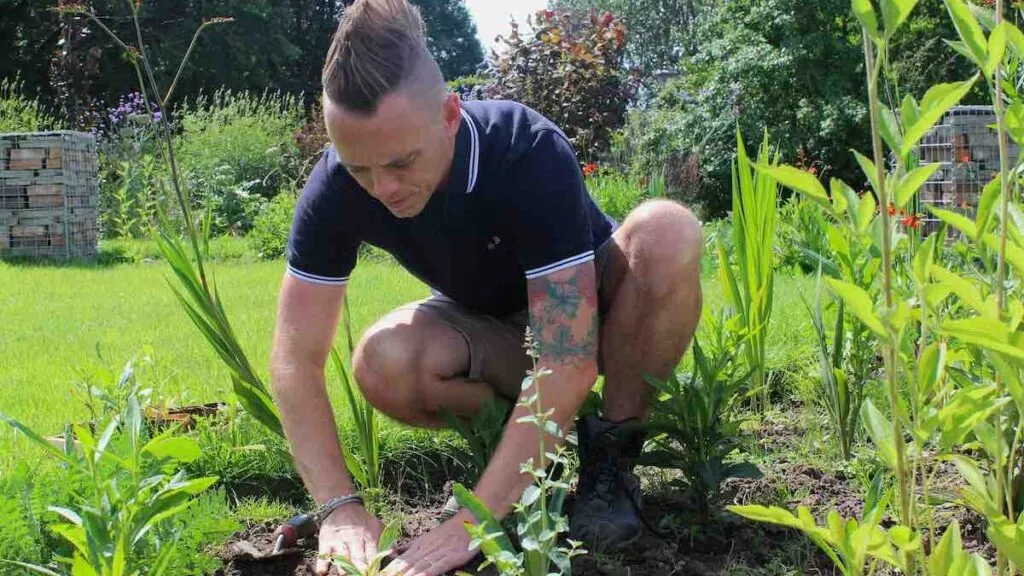
Let's have a look at the problem that gardeners face when trying to garden without plastic.
You may think that once you've finished with your black plastic plant pots and containers in the garden, you can pop them in their recycling bin. But you would be wrong; more often than not, councils won't recycle them.
In fact, 87% of those councils that could recycle plastic plant pots don't.
Frustratingly, most of these items become 'single-use' and end up in the bin, filling landfills and starting their long journey towards breaking down into tiny fragments and vicariously entering our food source. This series of blogs will track the progress of my Plastic-free gardening journey.
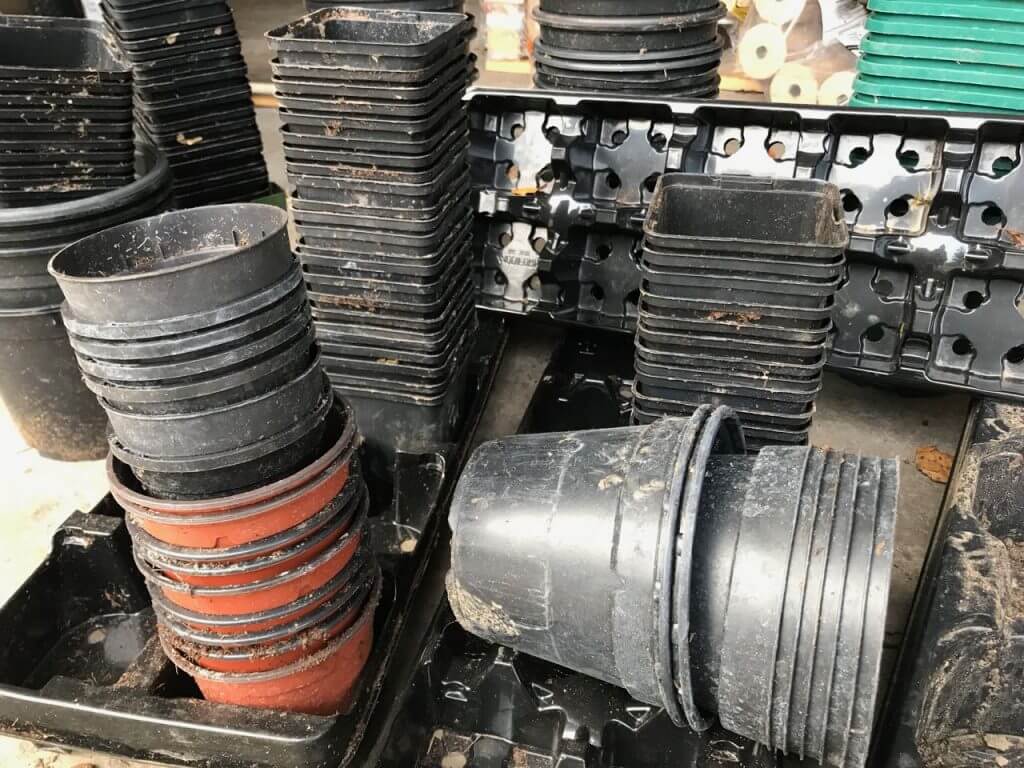
The main reason that councils won't or can't recycle all plant pots is the lack of consistency with their recycling machinery. Would it be you to hear that it's all down to lasers used in the processing of recyclable products? Different recycling plants use different lasers; some can identify black plastic pots for recycling, while others classify them as waste for incineration.
Lasers are employed in plastic recycling plants for various purposes, leveraging their precision and efficiency to help us recycle plastics. One common application is in the sorting and identification of different types of plastics. Here's how lasers are used in plastic recycling:
Lasers are integrated into automated sorting systems to identify and separate different types of plastics. The lasers emit light onto passing materials, and sensors detect the reflected light. Based on the specific wavelengths absorbed and reflected by each type of plastic, the system can quickly and accurately sort plastics into distinct categories.
The use of single-use plastic in the garden poses a multitude of environmental issues, including:
Single-use plastic items like plant pots and packaging contribute to pollution, with discarded plastics ending up in landfills or natural environments. Often, these plastics shatter and break into thousands of tiny pieces, making collection of them incredibly difficult.
Plastics used in the garden take an extensive amount of time to decompose, often lasting for centuries and releasing harmful chemicals during the process.
Plastic fragments can infiltrate the soil, negatively impacting plant health and disrupting the natural balance of microorganisms. The presence of plastic debris disrupts the natural microbiome of the soil, potentially leading to nutrient imbalances, which also affect the food chain and wildlife.
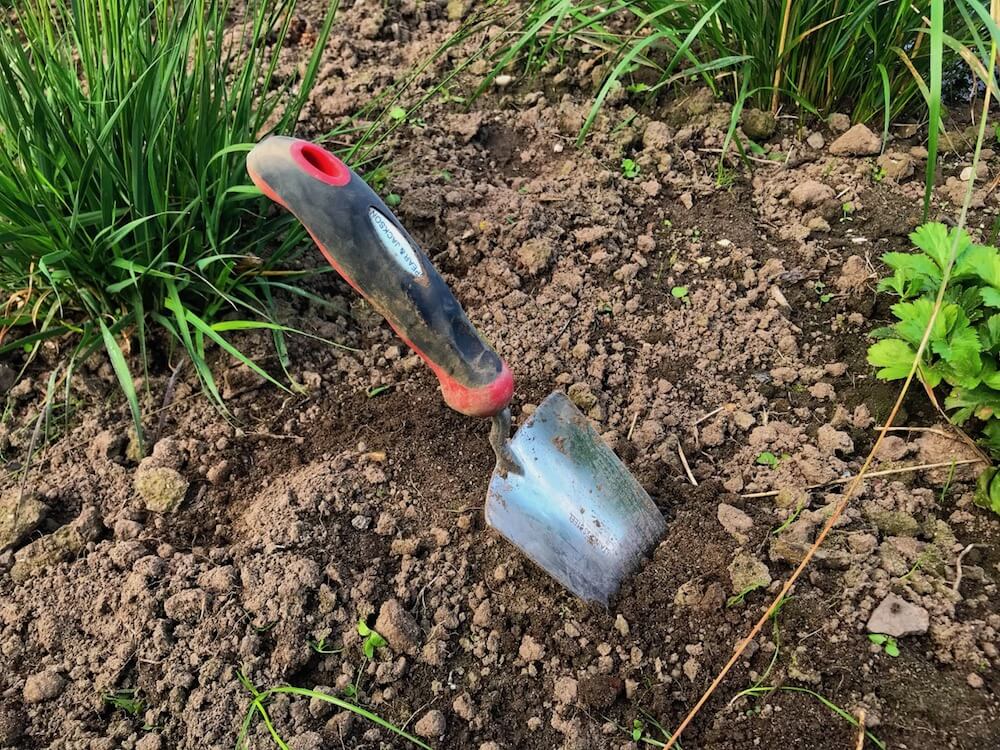
Microplastics and broken plastic pots usually end up making their way into our water courses. This then impacts fish and wildlife, who end up digesting small plastic particles. Large parts of plastic pots can block grids, contaminate soil, and cause all sorts of disruption.
Talking of disruption, imagine what happens when lots of bits of plastic that can't break down sit in our soil. Yes, you've guessed it, more damage to wildlife. Plastic can harm soil structure, impeding the growth of beneficial organisms and affecting the overall health of the garden ecosystem.
Single-use plastics persist in the environment, contributing to the growing problem of plastic waste and posing threats to wildlife. They take hundreds of years to break down and end up in our food chains, positing wildlife and making it harder for Mother Nature to do her thing.
Did you know that you can take my online gardening course and learn how to become a Garden Ninja yourself? Click here for details
Plastic is an incredibly useful material in the potting shed. It creates cheap, lightweight and stackable pots, meaning that you can grow your own plants from seed cheaply and without huge investments. Even a small apartment with a window sill or balcony can become a productive grow-your-own area.
The issue is that if you're buying your own plants, they nearly always come in a plastic pot. So there's a limit to how many you can store, reuse and recycle at home. Inevitably, they get sent to the bin in one way or another.
Growing without plastic involves choosing alternative pots, seed trays and planters that can either be reused and ultimately 'composted' back down or pots that biodegrade as the plant grows to allow them to leave no trace in the garden.
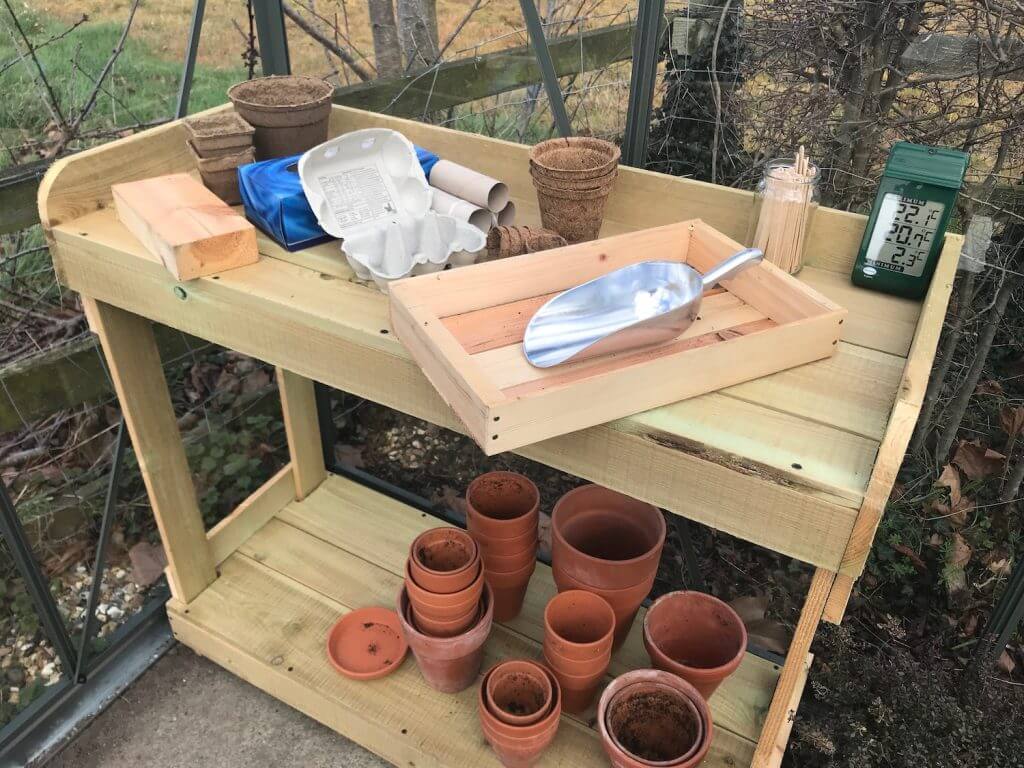
I'll be growing for an entire year without plastic. Even my potting bench is wooden as seen above.
I've spent eight long months speaking to a number of industry experts, companies, bloggers, Grow your owners and nurseries to see what the options are. This series of articles is going to shortcut you to all this wonderful knowledge so you can make your own informed decisions about the steps you too can take to reduce your plastic footprint both in growing your own and buying plants from nurseries.
Let's take a look at one of the largest forms of gardening plastic, the humble plastic plant pot.
The first step to growing your own fruit, vegetables, and herbaceous plants is to build a vessel to allow your seeds to germinate and take root. This is usually done in some form of pot or seed tray.
From March onwards, you only need to step into a garden centre or homeware store to see racks of shiny plastic trays, clear plastic lids, and pots, usually next to a library of brightly coloured seed packets. All beckoning for you to become
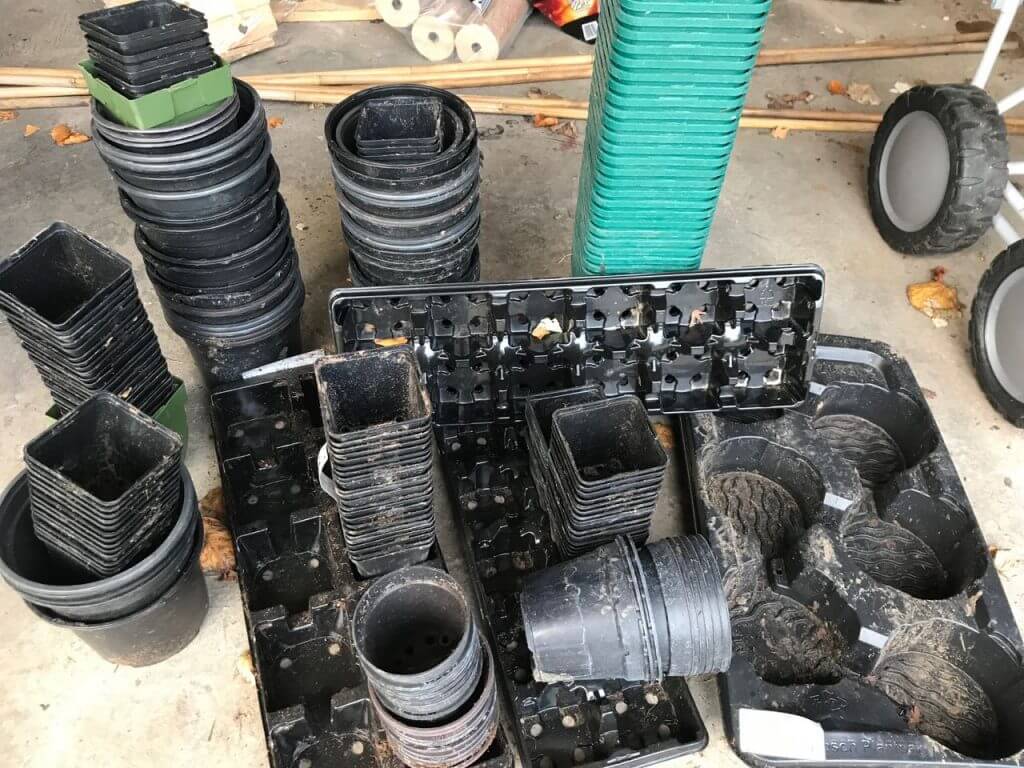
You can see above the masses of my own black plastic from only one garden design; shocking!
Seed trays serve one primary purpose of offering a large surface area for seeds to be scattered, usually lightly covered and then watered. Once they germinate you then can prick them out when they grow their first 'true leaves' if you think of the seed tray as the waiting room for germination. They don't need to be really deep as the seedlings only have very small nutritional and root requirements at this stage.
After they have grown these leaves, you then 'pot them on' into larger individual containers or pots with more nutritional compost and space to send out their roots and grow.
So, if we're not using plastic, what are we going to use as seed trays?
Wooden seed trays are the original plant propagation tool. Long before plastic became so readily accessible, gardeners would use wooden seed trays. They are the same size as the plastic ones you're used to, sometimes a little bit deeper and a bit heavier. First, they look beautiful in a glasshouse and far more aesthetically pleasing if the
I prefer wooden seed trays and have used them for years, as they warm up quickly, are breathable, and I find the seedling's roots develop much stronger. I've also found them less likely to suffer from dampening off. I'm unsure whether this is because they are less likely to retain excess moisture or because of other factors.
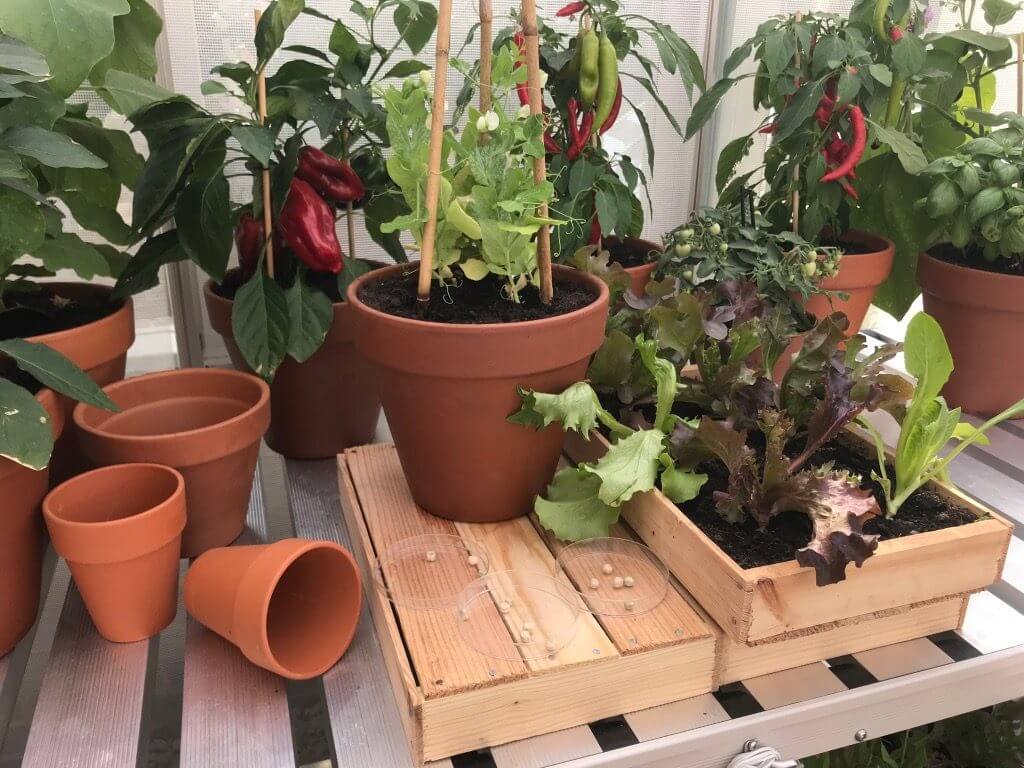
The wooden seed trays above show Lettuce in my Chelsea Flower Show 2018 design.
The drawbacks of wooden seed trays are that they are expensive relative to plastic trays and don't stack inside each other. However, they will last for decades whereas most plastic seed trays at some point will crack or get damaged. So it's a
The next alternative to plastic seed trays is the DIY method of using cardboard boxes. I'm trialling two types of cardboard seed trays. The first is the egg box. Handily, this doubles up as a mini seed tray and a seedling modular plant pot on the other side. So, for one egg box, you can sow seeds and then plant 6 or 12 of these on the other side!
I'm also trying an empty cardboard tissue box as well and comparing them both at the moment during these trials. I believe the egg box will be the winner. The tissue box looks much flimsier, but I'll be tracking the progress. It's all about options and seeing what works and what maybe doesn't!
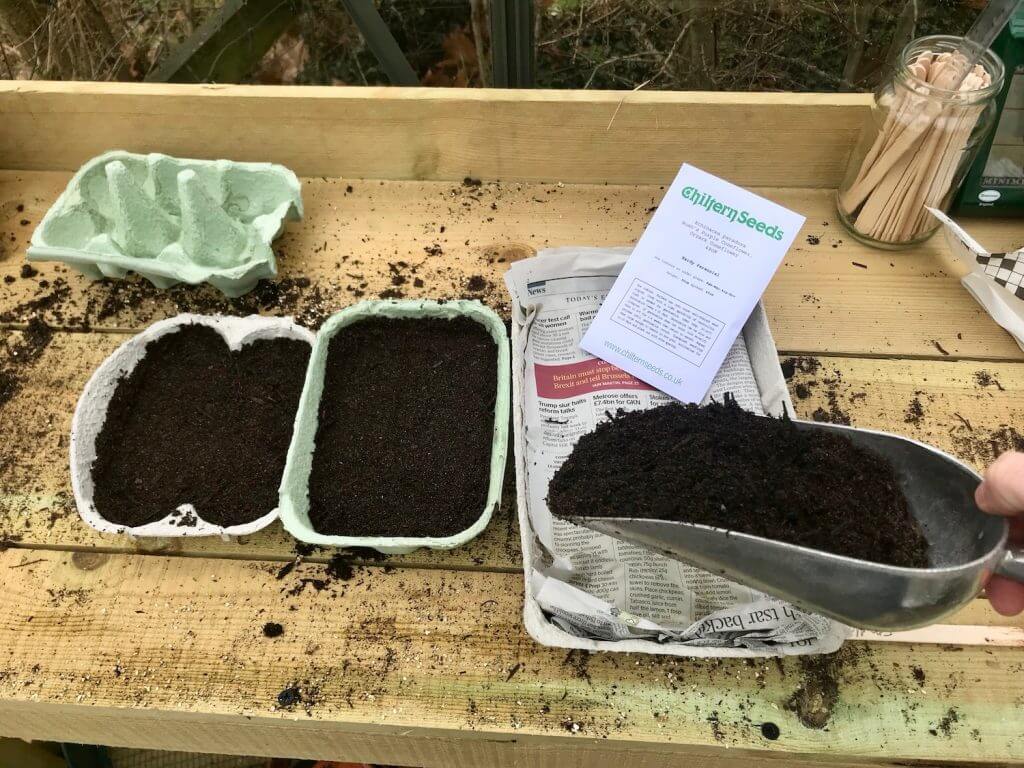
Egg boxes are a great DIY biodegradable seed option, offering both a mini seed tray and modules for the seedlings.
I'm also using oven trays to hold the egg boxes and other cardboard seed trays. This means I can move a number of them quickly if I need to, but it also allows for the bottom watering of some seeds. It also means I'm not manhandling them too much and damaging them along the way.

Loo rolls make excellent starting seed pods for larger seeds. If you visit Instagram, you'll see endless broad beans, runner beans, sunflowers, etc, all grown in toilet rolls by eco influencers. Now, most 'grow your owners' will say, 'We've done this for years!'. If you've been using toilet rolls to grow seeds for years, now is your moment to claim your Grow Your Own Eco trophy! The humble loo roll has been used for years by allotmenteers for larger seeds!
I'll also be demonstrating this and comparing them to the other methods. They need to be placed on a tray and tightly packed in, as they have a habit of falling over or unravelling if not secured. They are 100% biodegradable, though.
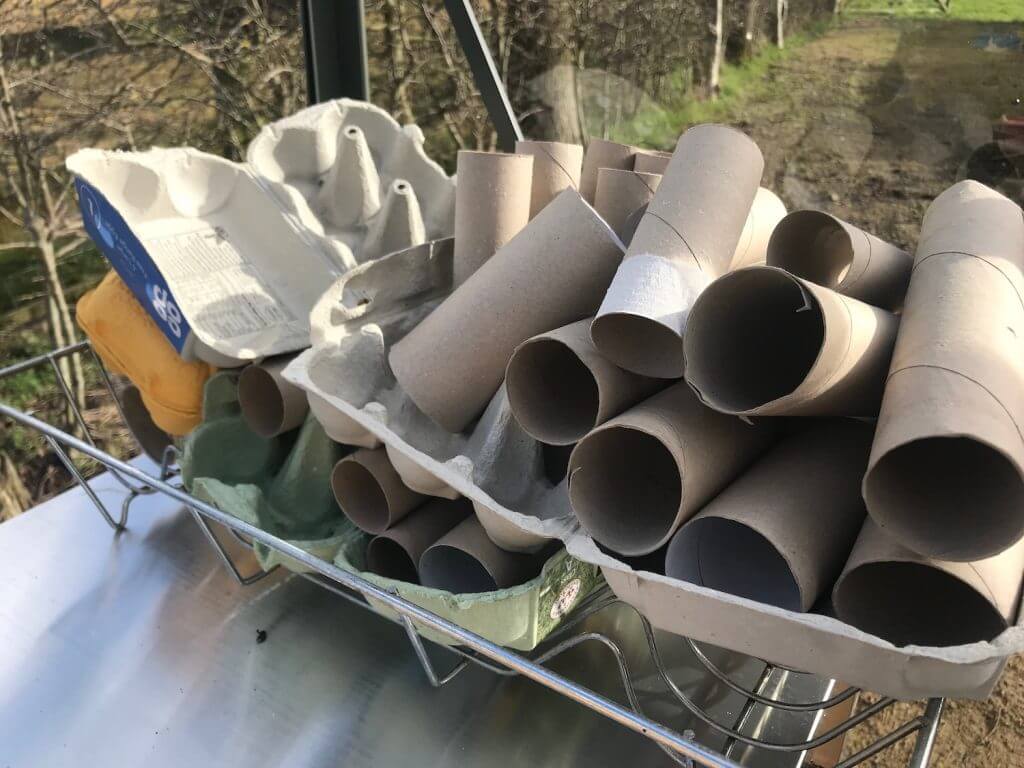
So, the next area of plastic to be replaced is that of the plant pot in which seedlings will be planted. One of the solutions I've found is Coir plant pots made from Coconut or coir fibre. These are 100% biodegradable and allow a plant to be transplanted out into the garden (after hardening off), where the pot breaks down in the ground.
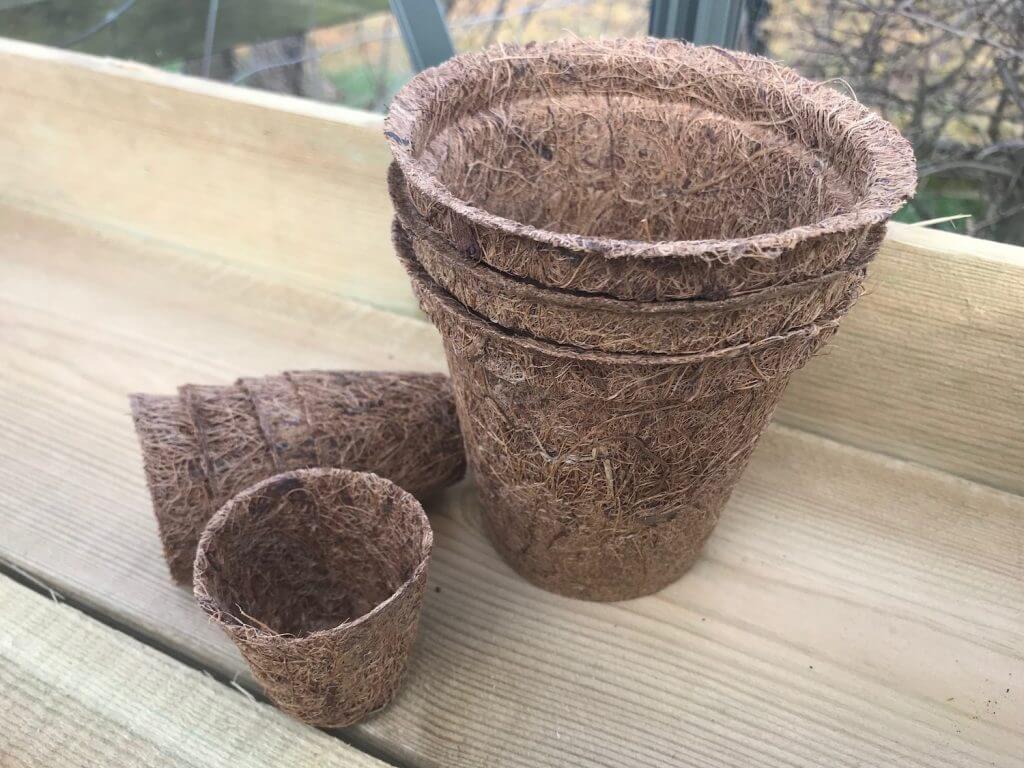
Yes, you read that correctly, Cow poo pots. They are exactly as described, except for the smell. These dried poo pots work in a similar fashion to the coir plant pots, only with added fertiliser. I've had these supplied by Michelle and Amanda in the USA and can't wait to see how they perform.
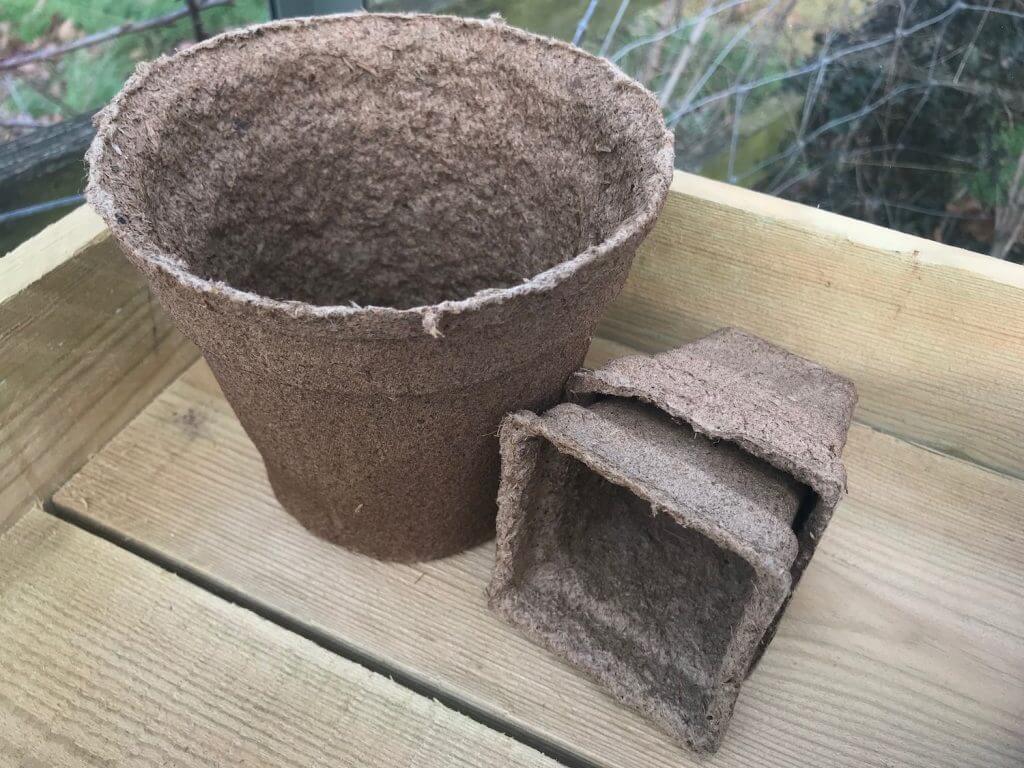
The niggle at the moment is that both these pots do come with a large travel footprint which obviously has a carbon impact. Mind you a number of plastic pots are imported from the likes of China and Indonesia so you have to bear that in mind too! This trial is to show the results, and maybe we can start to work out how these solutions can be more locally sourced.
Terracotta pots are a wonderful and beautiful alternative to plastic pots in the garden. Modern advances have enabled them to be made frost proof taking away the previous drawback of them becoming cracked in sub-zero temperatures.
Terracotta not only looks good but is porous, so it allows plants and seedlings to breathe more. Most people don't realise that it's not just nutrition and water that plants need, but oxygen to grow and develop. Roots are particularly overlooked when it comes to aeration and airflow.
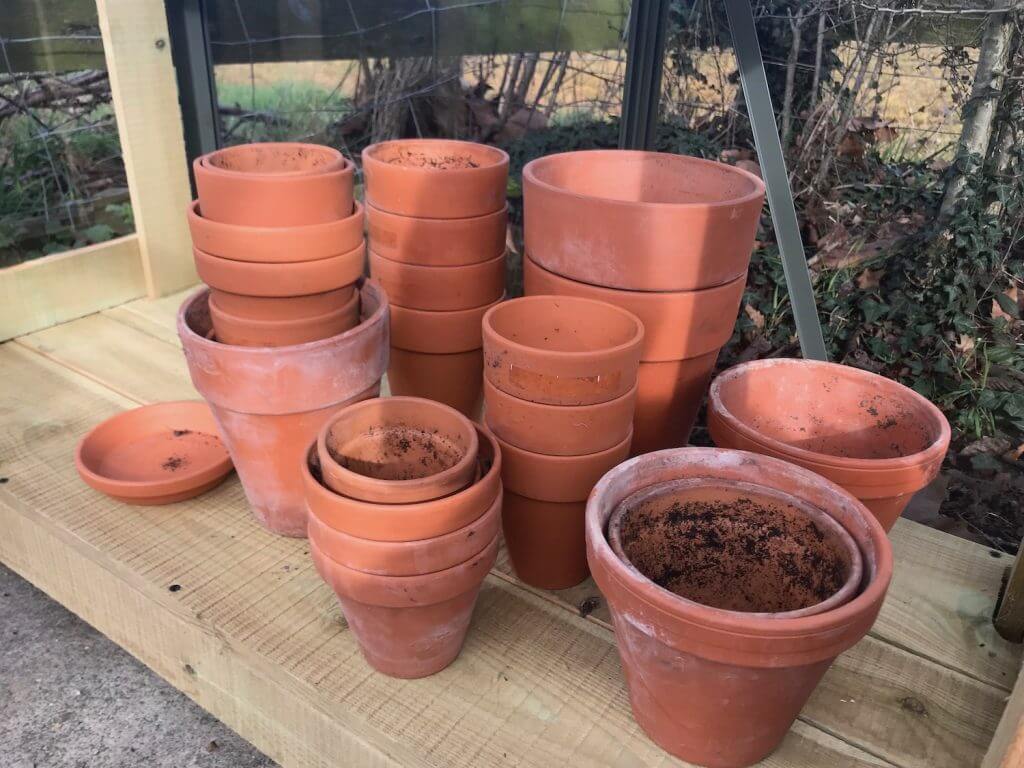
Plastic is not porous, so although it retains more moisture, it lacks the airflow that healthy plants need to thrive. Again, Terracotta is more expensive initially but lasts for years with care and looks far nicer than shiny black plastic. I'll be using terracotta when the seedlings need to be potted up and will also show the progress.
One of the cheapest ways to grow without plastic is to use newspaper pots. The homemade newspaper pot can be made by rolling thin strips of newspaper around a wooden jig/template that you can buy. There’s no tape or glue to hold them together, with just a simple twist at the end.
These beauties are the super thrifty version of plastic-free pots and can even be planted in situ when the seedlings are big enough. So I can't wait to give them a whirl.
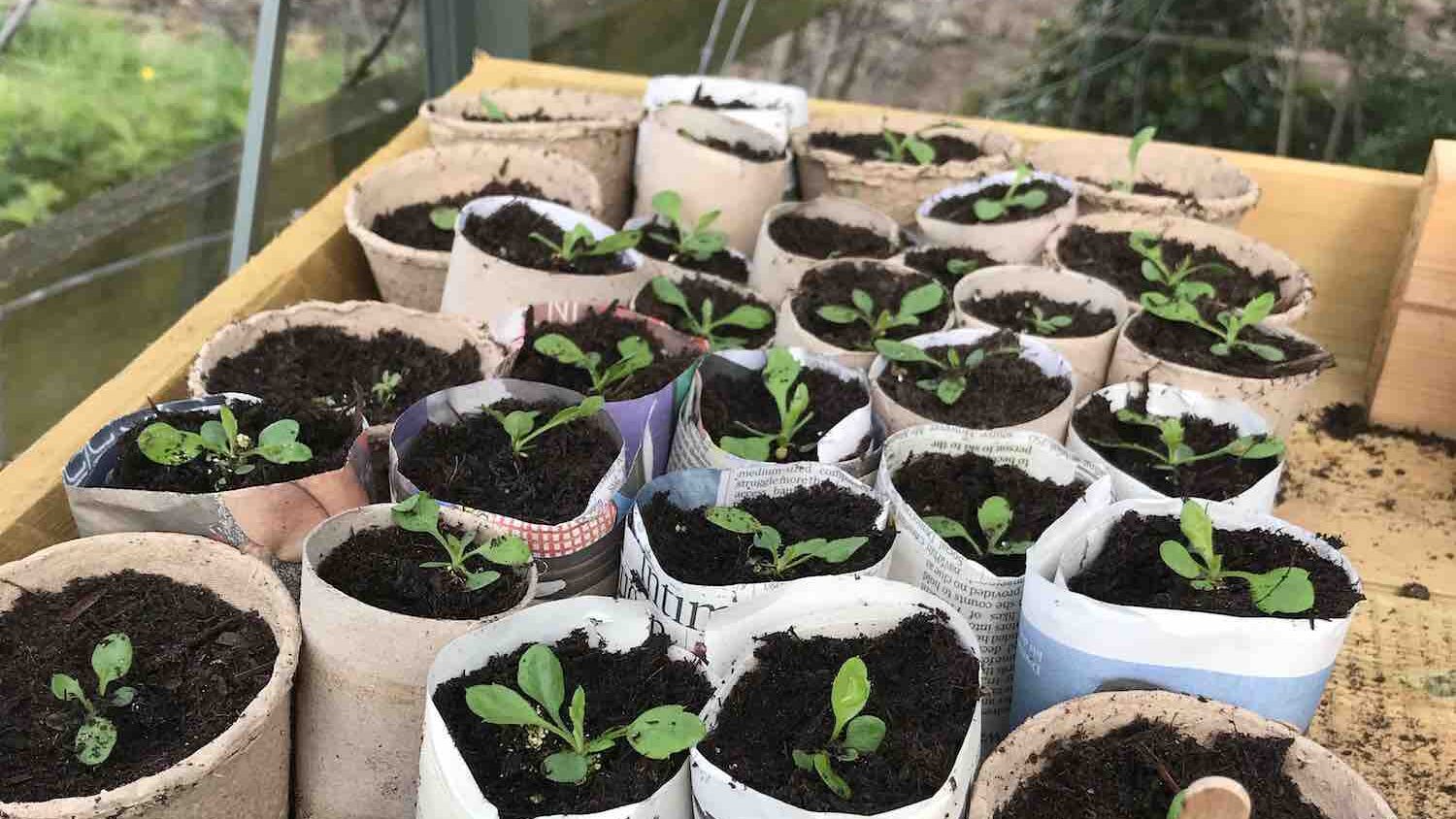
One of the main drawbacks of not using plastic is that you will inevitably have to keep a closer eye on the water levels and
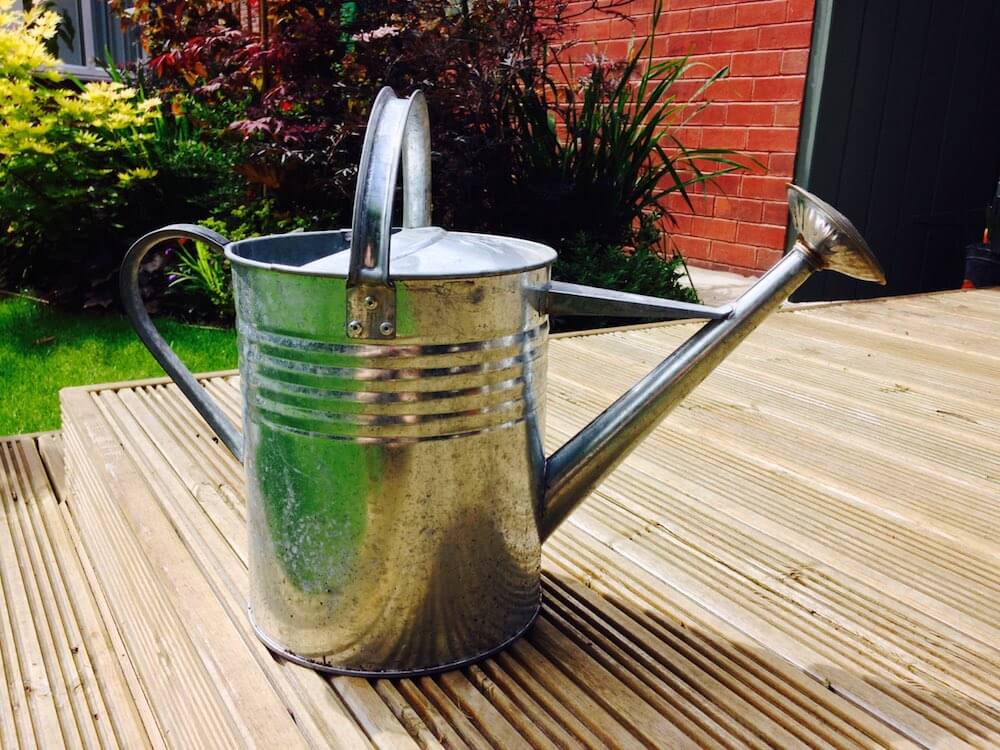
Be prepared to water your seedlings more, particularly if you're not using plastic cling film to cover them during germination
Also, because I'm not covering seeds with plastic, which is the usual method of keeping the humidity high and moisture in, I'm going to need to look after them a bit more; I don't find this an issue, given you really should be keeping an eye on your seedlings anyway.
To be honest, once you've sown your seeds, whether a new gardener or seasoned professional, it's hard to keep out of the greenhouse or away from the window sill! You'll be checking daily for those first shoots.
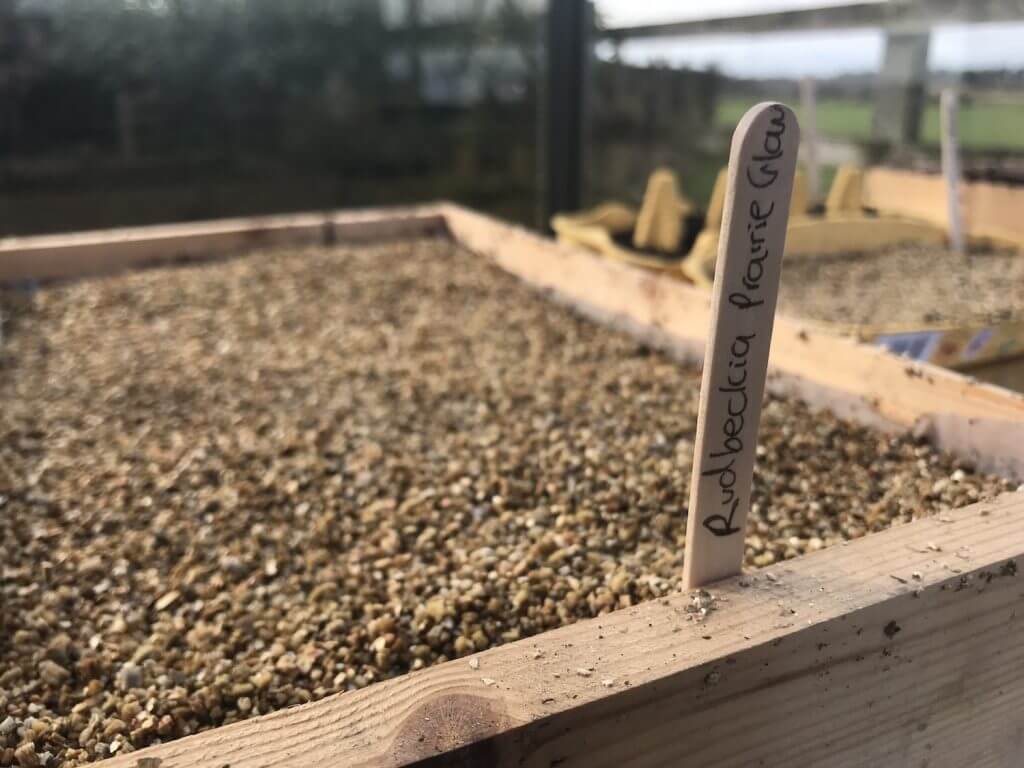
It does mean I'll be using slightly more water and maybe spending 10-15 mins every couple of days giving light water to any that look like they are drying out. To combat this,, I'll use vermiculite on seeds requiring considerable moisture. See it is just about the balance between the
Whilst going plastic-free is far better for the environment, you do need to be aware of a few drawbacks when switching to biodegradable plant pots. These are not necessarily deal breakers, but there are a few differences that gardeners need to be aware of.
In my year-long experiment, I can conclude that making your own paper pots out of newspaper works best, and then terracotta for things that need potting on or hardening off. Things that I considered are:
So, the next instalment will cover the seed-sowing process, methods and materials used in my commitment to Plastic Free Gardening. If you're concerned about the amount of plastic you use in the garden, why not follow my progress?
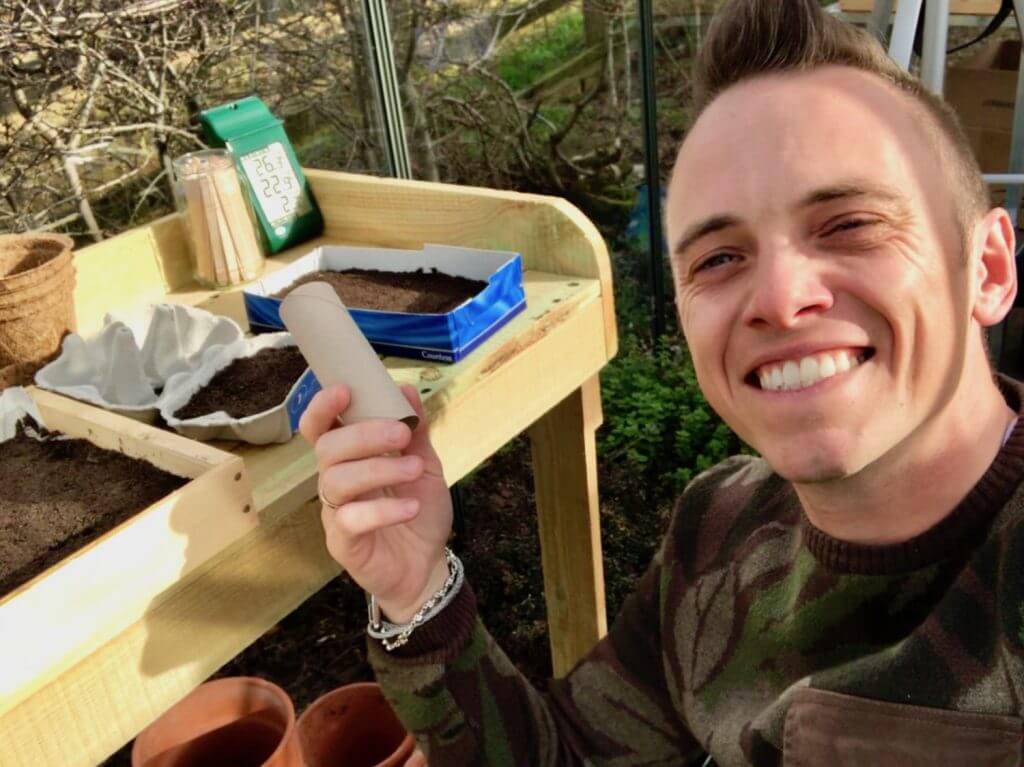
If we share all this knowledge about the alternatives as a collective of gardeners surely we can help reduce the amount of plastic we use. I feel that we have a duty to minimise the impact our glorious hobby has on the environment with the materials that we use.
I've even been in touch with John Ryan By Design a hand made UK based mattress maker who is now offering an entirely plant-based Vegan mattress. All using plant fibres, avoiding polyester and other plastics. How brilliant is that?!
If you have any questions or have your own plastic-free gardening tips, please comment below or add one to my YouTube channel where I’m happy to help. You can also check out my Tweet, Facebook or Instagram for more guides and tips.
Happy Gardening.



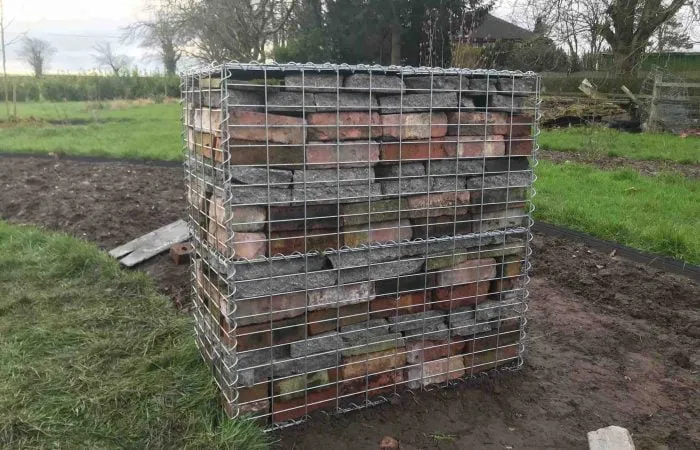
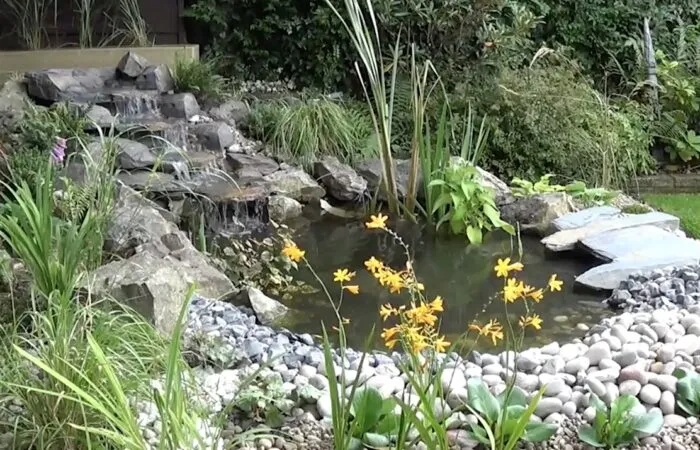
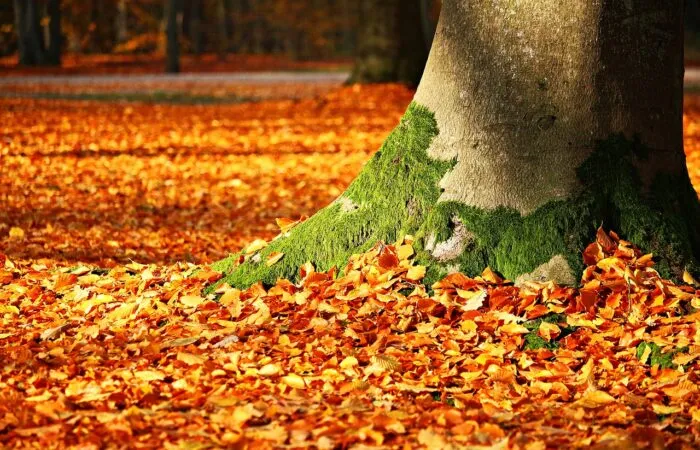
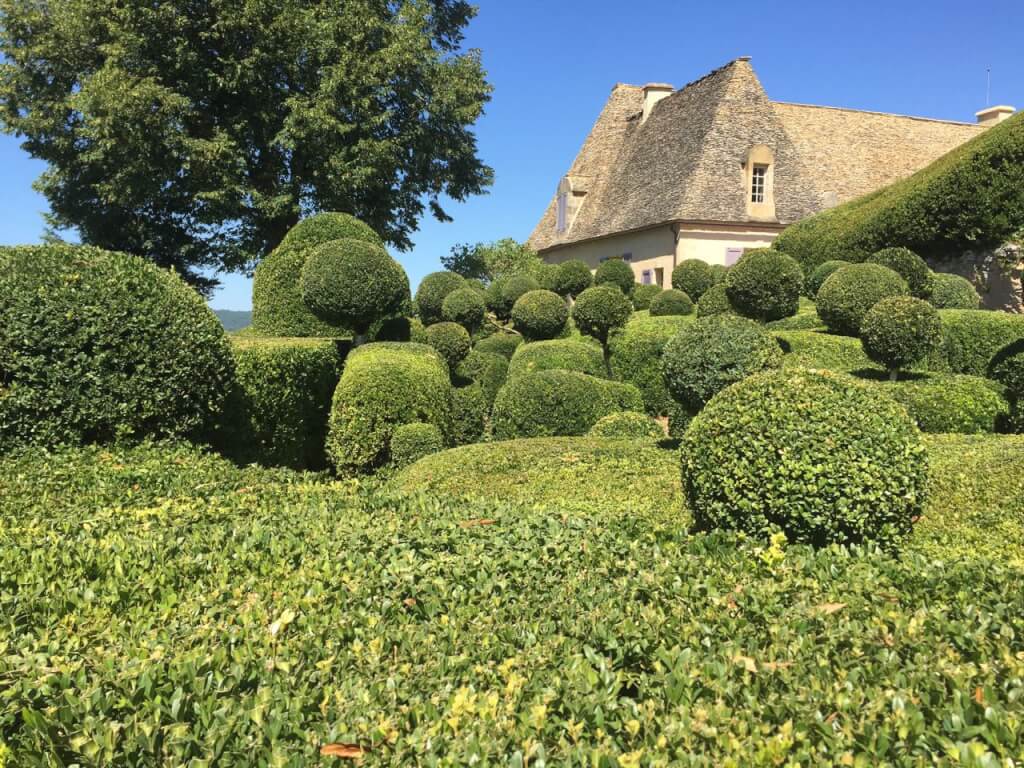
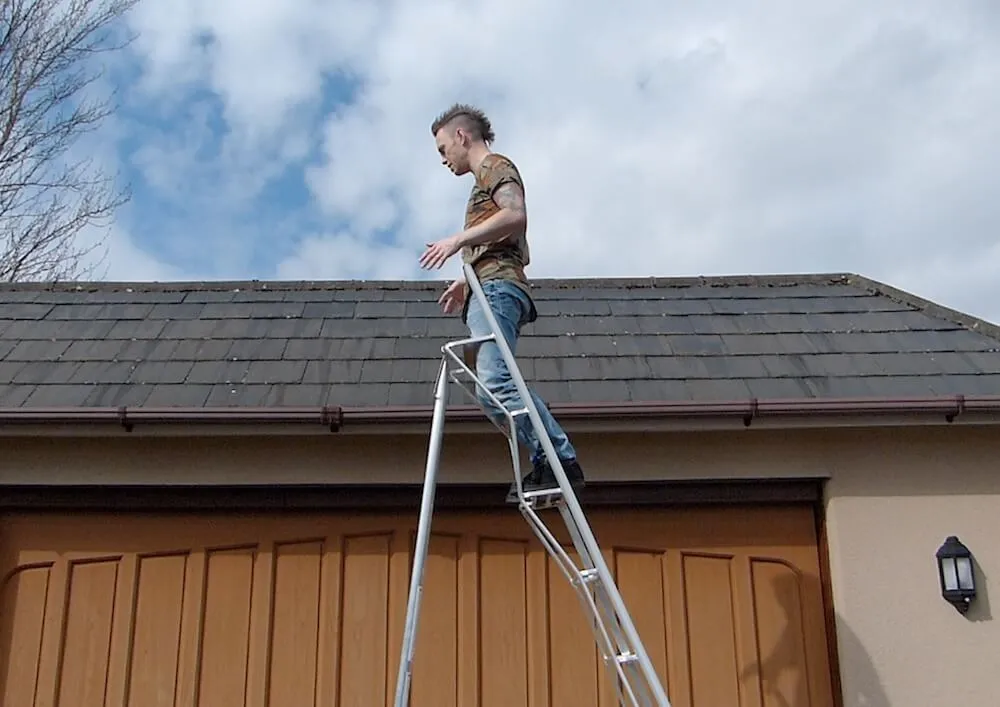
JOIN THE NINJAS

Be the first in line for new Guides, Discount codes and Offers